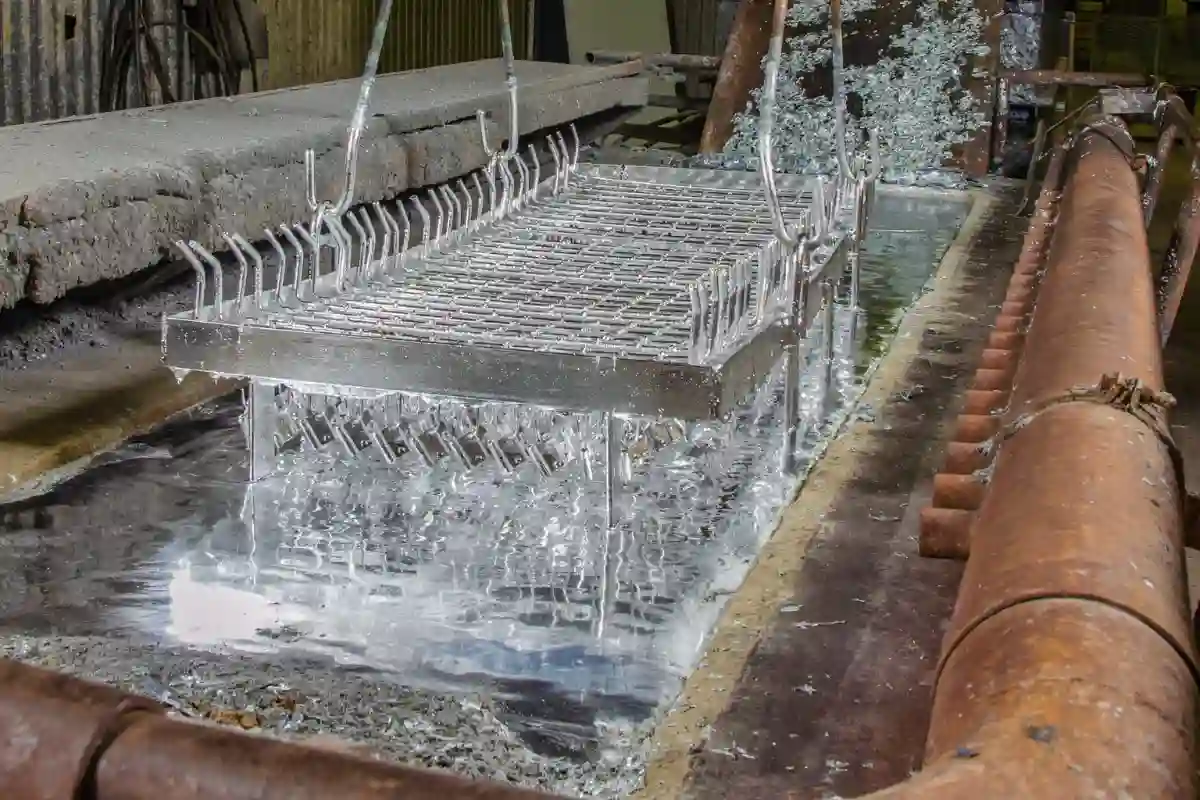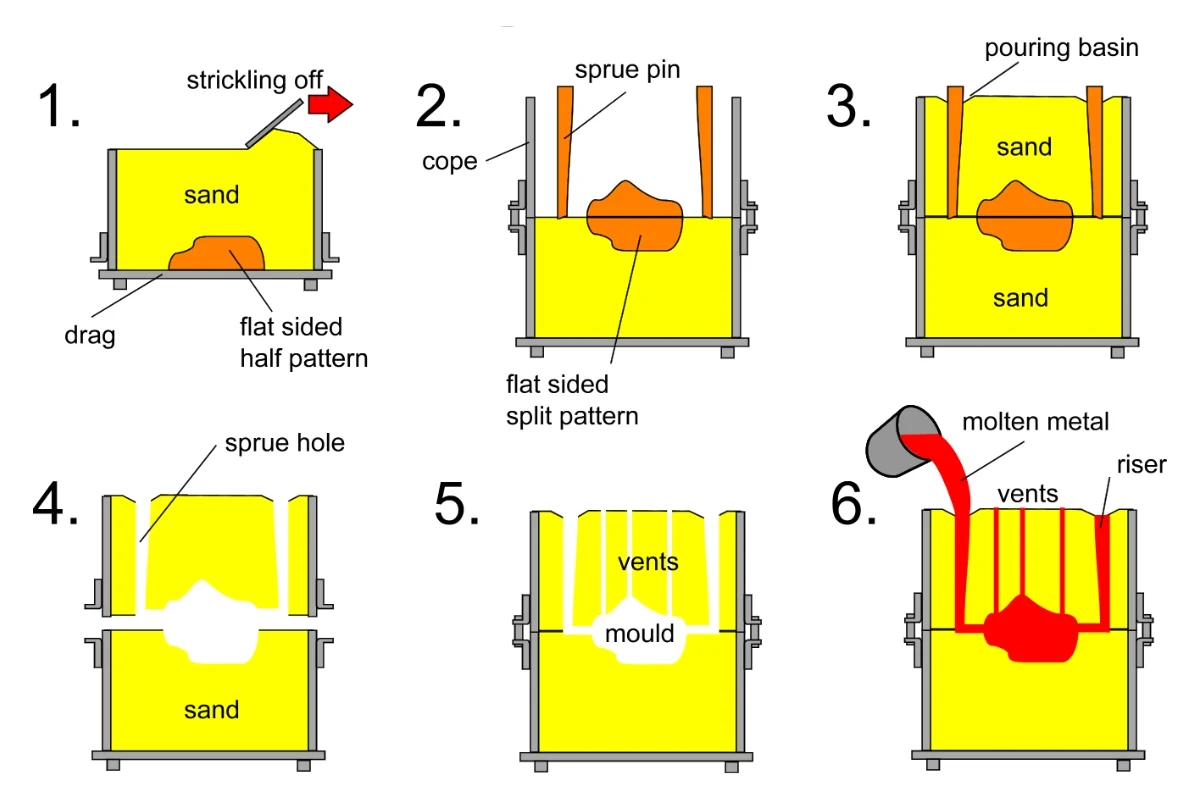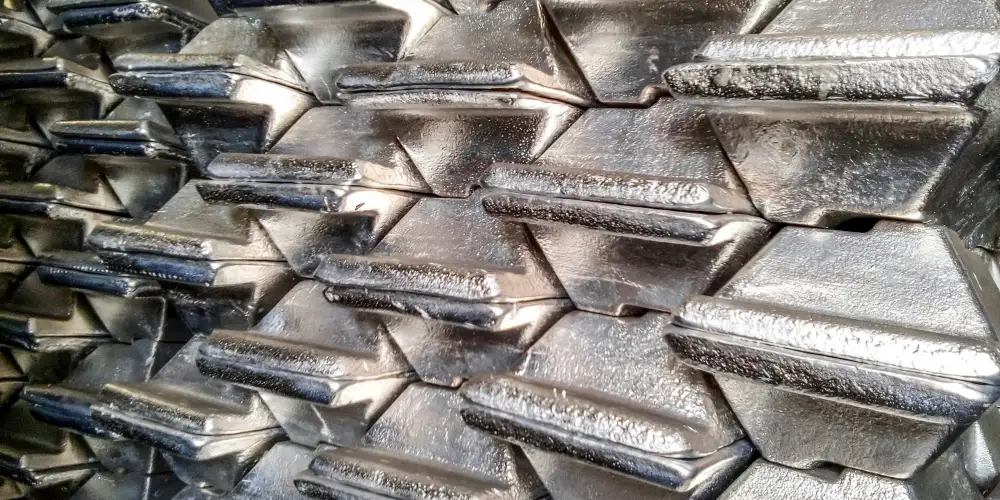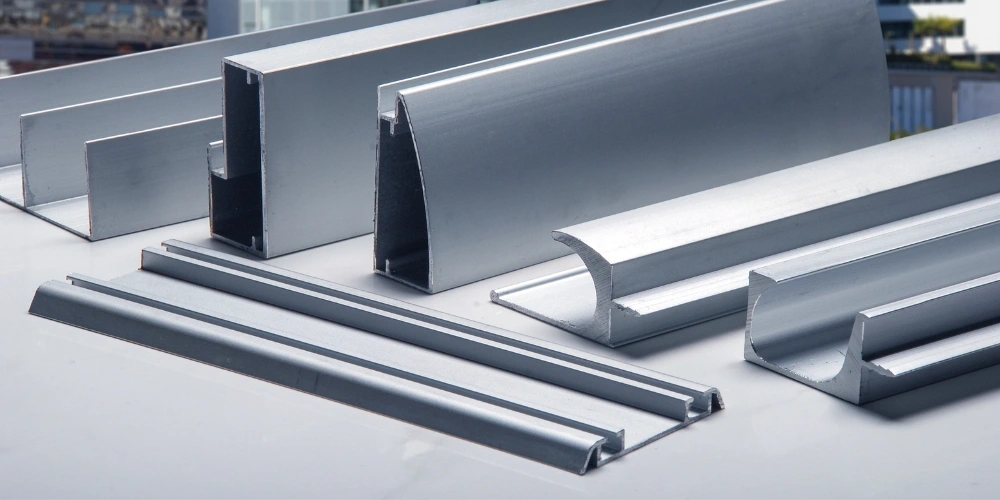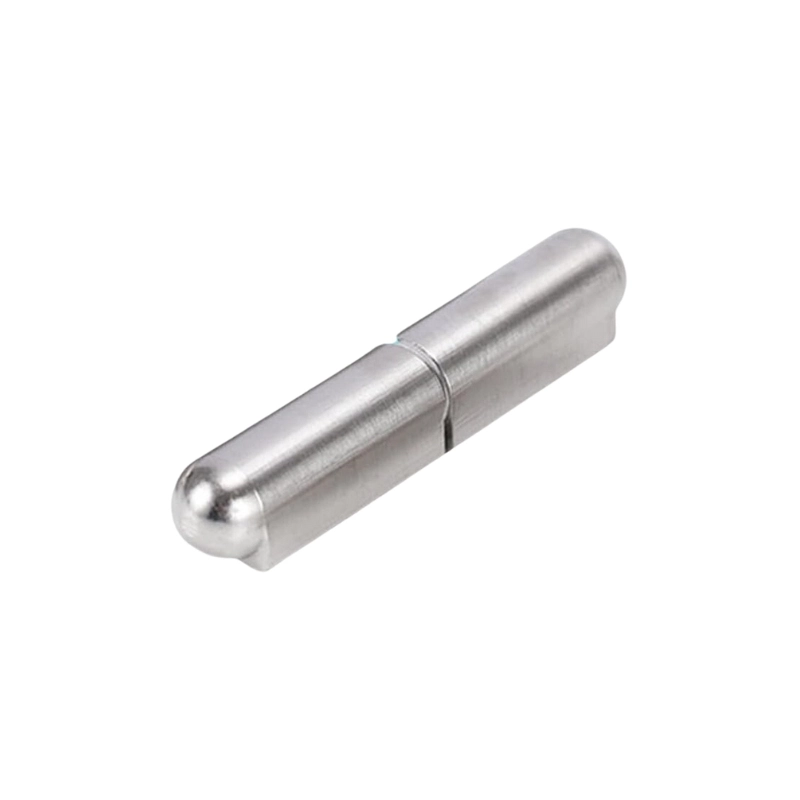Legierter Stahl vs. Kohlenstoffstahl: Die Unterschiede verstehen
- Von: HDCMFG
Kohlenstoffstahl und legierter Stahl sind zwei der am häufigsten verwendeten Stähle in der Industrie. Diese Legierungen werden für eine Vielzahl von Anwendungen in der Industrie verwendet, darunter Anwendungen vom Bauwesen bis zur Herstellung von Autoteilen. Obwohl es eine Reihe von Ähnlichkeiten zwischen Kohlenstoffstahl und legiertem Stahl gibt, gibt es einige entscheidende Unterschiede. Diese Unterschiede bestehen in ihrer chemischen Zusammensetzung, ihren physikalischen Eigenschaften und ihren Anwendungen, die wir in diesem Artikel besprechen werden.
Was ist Kohlenstoffstahl?
Kohlenstoffstahl ist eine Eisen-Kohlenstoff-Legierung. Der Kohlenstoffgehalt liegt typischerweise zwischen 0,12% und 2,0%. Im Gegensatz zu legiertem Stahl enthält er nur minimale oder keine nennenswerten Mengen anderer Elemente. Aufgrund des höheren Kohlenstoffgehalts lassen sich die Eigenschaften von Kohlenstoffstahl leichter bestimmen und erklären.


Arten von Kohlenstoffstahl
Kohlenstoffstahl wird anhand seines Kohlenstoffgehalts in drei Hauptkategorien unterteilt:
- Weicher Stahl (kohlenstoffarmer Stahl):Diese Stahlsorte enthält bis zu 0,25% Kohlenstoff. Sie ist relativ weich, formbar und leicht zu schweißen. Der Kohlenstoffstahl A36 ist eine beliebte Güte von Weichstahl, der für seine Vielseitigkeit und leichte Schweißbarkeit bekannt ist.
- Stahl mit mittlerem Kohlenstoffgehalt:Mit 0,3% bis 0,6% Kohlenstoff bietet mittelharter Stahl ein Gleichgewicht zwischen Festigkeit und Duktilität. Diese Art von Kohlenstoffstahl wird oft als Kohlenstoffstahl 1045 und 1055 kategorisiert. Aufgrund seiner Eigenschaften ist mittelharter Stahl eine häufige Wahl für Autoteile und Maschinen.
- Kohlenstoffstahl:Der Kohlenstoffstahl besteht aus dem höchsten Kohlenstoffanteil mit einem Gehalt von bis zu 0,6% bis 1,0%. Aufgrund seiner Härte und Festigkeit wird er am häufigsten für Schneidwerkzeuge und Klingen verwendet. Beispiele hierfür sind 1095 Kohlenstoffstahl, der aufgrund seiner Schnitthaltigkeit und Haltbarkeit bei der Messerherstellung beliebt ist.
Jede Kohlenstoffstahlkategorie verfügt über ihre eigenen einzigartigen Eigenschaften, die sie für unterschiedliche Anwendungen ideal machen.
Was ist legierter Stahl?
Auf der anderen Seite gibt es legierten Stahl. Legierter Stahl enthält neben Kohlenstoff auch andere Elemente wie Chrom, Nickel und Molybdän. Aufgrund der Anwesenheit dieser metallischen Spuren in der Legierung variieren die Eigenschaften von legiertem Stahl entsprechend. Variationen werden bei bestimmten Eigenschaften wie Festigkeit, Zähigkeit und Korrosionsbeständigkeit beobachtet. Diese Variabilität macht legierten Stahl in einer Reihe von Branchen äußerst anpassungsfähig und wertvoll.
Legierte Stähle zeichnen sich durch den Legierungsanteil in der Endmischung aus. Beispielsweise wird chromlegierter Stahl aufgrund seiner Rostbeständigkeit häufig für Edelstahlanwendungen verwendet. Nickellegierungen werden hingegen häufig für hochfeste Anwendungen verwendet.
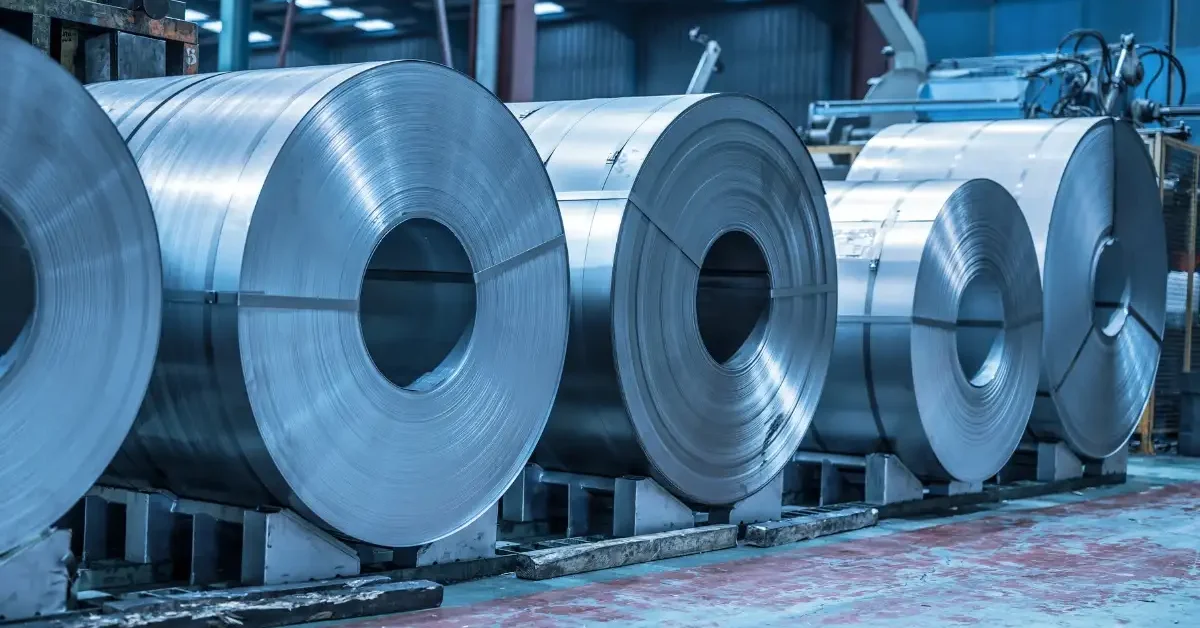

Vergleich von legiertem Stahl und Kohlenstoffstahl
Lassen Sie uns die Unterschiede zwischen legiertem Stahl und Kohlenstoffstahl anhand mehrerer wichtiger Merkmale aufschlüsseln:
Komposition
- Kohlenstoffstahl:Besteht hauptsächlich aus Eisen und Kohlenstoff. Normalerweise sind keine anderen Elemente vorhanden. Wenn jedoch andere Elemente vorhanden sind, sind diese in sehr geringen Mengen vorhanden.
- Legierter Stahl:Legierte Stähle enthalten normalerweise zusätzliche Elemente wie Chrom, Nickel und Mangan, die die endgültigen Eigenschaften des Stahls beeinflussen.
Festigkeit und Härte
- Kohlenstoffstahl:Mit zunehmendem Kohlenstoffanteil in der Legierung steigen Festigkeit und Härte. Beispielsweise ist Weichstahl im Vergleich zu Hartstahl weicher und weniger verschleißfest.
- Legierter Stahl:Legierter Stahl ist normalerweise für Hochleistungsanwendungen geeignet. Darüber hinaus haben Sie die Möglichkeit, die endgültigen Eigenschaften des Stahls anzupassen. Dadurch können Sie die Festigkeit des legierten Stahls weiter erhöhen. Legierter Stahl ist für Hochleistungsanwendungen wie Rohrleitungen und Strukturkomponenten geeignet.
Korrosionsbeständigkeit
- Kohlenstoffstahl: Eine der häufigsten Fragen in der Branche lautet: „Rostet Kohlenstoffstahl?“ Die Antwort lautet ja. Wenn Kohlenstoffstahl keine Schutzschicht erhält, kann er rosten. Außerdem ist Kohlenstoffstahl anfälliger für Rost.
- Legierter Stahl:Legierte Stähle sind normalerweise rostbeständiger. Chromlegierter Stahl beispielsweise hat eine schützende Oxidschicht, die ihn vor Korrosion und Rost schützt. Dadurch sind die Legierungen widerstandsfähiger gegen Umwelteinflüsse und Chemikalien.
Schweißbarkeit
- Kohlenstoffstahl:Kohlenstoffstähle: Normalerweise lässt sich Weichstahl leicht schweißen, während Kohlenstoffstahl aufgrund seines höheren Schmelzpunkts mehr Präzision erfordert.
- Legierter Stahl:Die Schweißbarkeit von legiertem Stahl hängt von seiner Zusammensetzung ab. Beispielsweise erfordert das Schweißen von Edelstahl und Kohlenstoffstahl aufgrund der unterschiedlichen Eigenschaften spezielle Techniken.
Kosten
- Kohlenstoffstahl:Kohlenstoffstahl ist im Allgemeinen günstiger als legierter Stahl, da die Produktionskosten niedriger sind.
- Legierter Stahl:Die Kosten variieren je nach den der Legierung hinzugefügten Elementen. Die Zugabe teurer und seltener Elemente macht solche Legierungen jedoch teurer als Kohlenstoffstahl.
Kohlenstoffstahl vs. Edelstahl:
Am häufigsten konkurrieren Kohlenstoffstahl und Edelstahl. Beide haben je nach Anwendungsfall einzigartige Vorteile:
- Korrosionsbeständigkeit: Da Edelstahl Chrom enthält, ist er weniger anfällig für Rost. Kohlenstoffstahl hingegen benötigt eine Lackierung oder vorbeugende Wartung, um ihn vor Rost zu schützen.
- Härte und Schärfe: In Bezug auf Härte/Schärfe sind Kohlenstoffstahlsorten wie 1095 und 1060 bei der Herstellung von Messern und anderen Präzisionsschneidwerkzeugen beliebt.
- Wartungsfreundlichkeit: Geräte aus Kohlenstoffstahl erfordern nur wenig Wartung, Messer aus rostfreiem Stahl sind jedoch einfacher zu pflegen.
Ein praktisches Beispiel: Ein Kochmesser aus Kohlenstoffstahl behält seine Schnittkante und ist sehr scharf, erfordert aber besondere Pflege, damit es nicht rostet. Ein Messer aus rostfreiem Stahl ist zwar weniger scharf, dafür aber rostbeständiger und eignet sich daher für feuchte Umgebungen.


Praktische Anwendungen
- Konstruktion:Bei strukturellen Anwendungen wird häufig Weichstahl (eine kohlenstoffarme Stahlsorte) gewählt. Der Grund dafür ist seine Formbarkeit und Schweißbarkeit.
- Automobilanwendungen:Mittelkohlenstoffhaltige Stahlsorten wie Kohlenstoffstahl 1045 werden für Autoteile bevorzugt, bei denen sowohl Festigkeit als auch Duktilität erforderlich sind.
- Werkzeuge und Klingen:Kohlenstoffstahl, beispielsweise 1095er Kohlenstoffstahl, eignet sich aufgrund seiner Härte und Schnitthaltigkeit ideal für Schneidwerkzeuge.
- Industrielle Ausrüstung:Legierte Stähle mit bestimmten Elementen (wie Chrom oder Molybdän) bieten die Festigkeit und Korrosionsbeständigkeit, die in Umgebungen mit hohem Verschleiß und Bereichen, die hohem Druck ausgesetzt sind, erforderlich ist.
Häufig gestellte Fragen zu Kohlenstoffstahl
Ist Kohlenstoffstahl sicher?
Ja, Kohlenstoffstahl ist für viele Anwendungen geeignet, darunter auch Kochgeschirr. Allerdings muss er eingebrannt werden, um Rost vorzubeugen und eine Antihaft-Oberfläche beim Kochen zu erhalten.
Ist Kohlenstoffstahl magnetisch?
Ja, Kohlenstoffstahl ist aufgrund seines hohen Eisengehalts magnetisch. Dies macht ihn für magnetische Anwendungen nützlich.
Wie reinigt man Kohlenstoffstahl?
Vermeiden Sie beim Reinigen von Kohlenstoffstahl die Verwendung von säurehaltigen oder scheuernden Reinigungsmitteln. Waschen Sie Kochgeschirr am besten mit der Hand mit milder Seife und trocknen Sie es sofort ab. Regelmäßiges Einölen hilft, Rostbildung zu verhindern.
Kann man Edelstahl mit Kohlenstoffstahl schweißen?
Ja, das Schweißen von Edelstahl mit Kohlenstoffstahl ist möglich, erfordert aber spezielle Techniken. Darüber hinaus müssen die unterschiedlichen Eigenschaften der beiden Werkstoffe berücksichtigt und Korrosion an der Verbindung verhindert werden.
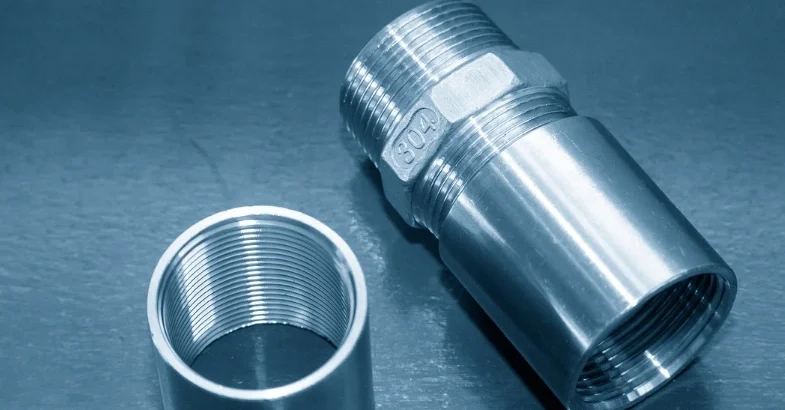

Fazit: Die Wahl zwischen legiertem Stahl und Kohlenstoffstahl
Zusammenfassend lässt sich sagen, dass kein Material eine universelle Industrielösung darstellt. Jedes Material hat seine eigenen Vor- und Nachteile, wenn es für unterschiedliche Anwendungen verwendet wird. Beispielsweise ist Kohlenstoffstahl erschwinglich und vielseitig und eignet sich für viele Struktur- und Werkzeuganwendungen. Außerdem bietet Kohlenstoffstahl Festigkeit und Härte zu einem sehr wettbewerbsfähigen Preis. Auf der anderen Seite ist legierter Stahl mit seinen anpassbaren Eigenschaften ideal für Umgebungen, die hohe Korrosionsbeständigkeit, Zähigkeit und hohe Festigkeit erfordern.
Das Verständnis der Unterschiede zwischen Kohlenstoffstahlsorten wie 1018 Kohlenstoffstahl, 1045 Kohlenstoffstahl oder 1095 Kohlenstoffstahl mit hohem Kohlenstoffgehalt hilft bei der Auswahl des richtigen Materials.
Ob es sich nun um Kohlenstoffstahlbleche für den Bau oder um kohlenstoffreichen Edelstahl für Industrieanlagen handelt, jede Stahlsorte bietet einzigartige Vorteile, die spezifischen Anforderungen gerecht werden.
Entdecken Sie mehr mit unseren Blogbeiträgen.
kürzliche Posts
Erfahren Sie mehr über unsere Produkte.
Verwandte Produkte
Sofortiges Angebot!

